What Causes Anodized Aluminum to Fade? -An Explanation
Are you frustrated when your beautifully anodized aluminum components lose their luster? The vibrant anodizing color that once captivated you now appears dull and faded, diminishing the aesthetic and perceived quality of your product. Understanding the root causes of this fading is crucial to preserving the brilliance of your anodized metal finish.
The fading of anodized aluminum colors is primarily caused by prolonged UV exposure, improper cleaning agents, and certain environmental factors. Proper material selection, precise anodised process control, and appropriate aftercare are key to maintaining the longevity of anodized colors.
Let me take you deep into the science behind anodized aluminum’s color and learn how to prevent premature fading.
What is Anodizing and How Does It Work?
Anodizing is an electrochemical passivation process that converts the metal surface into a decorative, durable, corrosion-resistant, anodic oxide finish. Essentially, what does anodising do? It grows a controlled oxide layer on the surface of aluminum parts.
How does anodising work? The aluminum part is submerged in an electrolyte bath, and an electric current is passed through it. The aluminum acts as the anode, causing oxygen ions to combine with the aluminum atoms on the surface, forming a porous aluminum oxide layer. This porous structure is then typically colored using either electrolytic coloring or organic dyes, which penetrate the pores. Finally, the pores are sealed to lock in the color and enhance corrosion resistance. This precise anodised process is critical for achieving a robust and visually appealing finish.
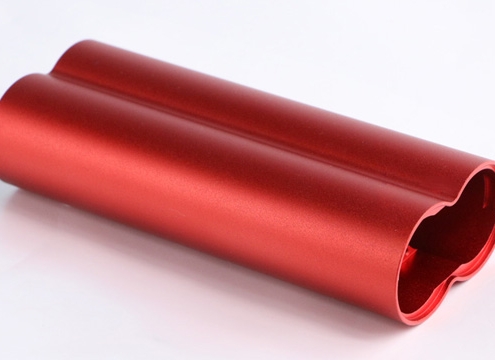
The Science of Anodized Aluminum Colors
Anodized aluminum gets its wide range of colors through two main coloring methods: electrolytic coloring and organic dye coloring.
- Electrolytic coloring involves placing metal salts into tiny pores on the aluminum’s surface. This creates stable and long-lasting colors such as bronze or black. These colors hold up well over time because they are made from inorganic materials.
- For brighter and more varied colors, including vivid blue anodizing, purple anodizing, or red anodizing, organic dyes are used. These aluminum anodizing dyes are absorbed by the porous oxide layer.
How long the color lasts depends not only on the type of dye used but also on how well the aluminum is sealed afterward. A good sealing process locks the dye in and protects it from sunlight, moisture, and other environmental damage, helping the color stay vivid for much longer.
What Causes Anodized Aluminum to Fade?
Several factors contribute to the unsightly fading of anodized aluminum colors. The most significant culprit is ultraviolet radiation. Similar to how sunlight fades fabrics, UV light breaks down the molecular structure of organic dyes used in anodized colors, leading to a deeper fade over time. Here are a few factors:
1. UV Radiation
Ultraviolet light from the sun is one of the biggest reasons for fading. Just like how sunlight can fade fabric, it can also break down the organic dyes used in anodized aluminum. Brighter colors tend to fade faster because they rely more on these dyes.
2. Chemical Corrosion
Strong cleaning agents, especially those with harsh acids or alkalis, can damage both the aluminum oxide layer and the dyes within it. Even mild cleaners can be harmful if they sit on the surface for too long. Poor rinsing or surface preparation during the anodizing process can also leave behind residues that react with the environment and speed up fading.
3. Environmental Conditions
High humidity, sudden temperature changes, and pollution can all weaken the sealed layer that protects the dye. Once the seal is damaged, moisture and pollutants can reach the dye and cause it to break down faster.
4. Physical Damage (Scratches and Abrasion)
Scratching or scuffing the surface can wear away the anodized layer, exposing the raw aluminum underneath. This makes the color appear patchy or “missing” in those areas, even if it’s not technically faded.
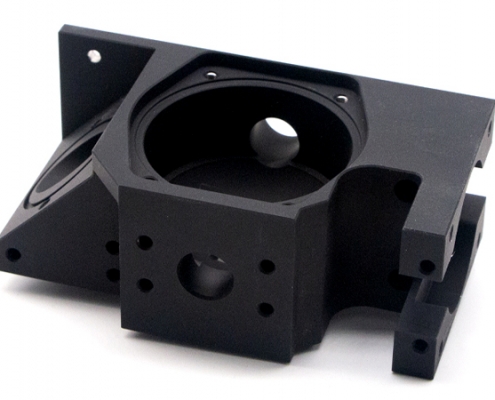
To keep anodized aluminum looking good for longer, it’s important to avoid harsh chemicals, limit UV exposure, and handle the surface gently to prevent scratches. Proper sealing during manufacturing also plays a big role in maintaining color over time.
Anodized Aluminum Colors Chart
The spectrum of anodized aluminum colors is vast, offering designers incredible flexibility. From subtle metallic tones to vibrant, eye-catching hues, the possibilities with aluminium coloring are extensive. The final anodized aluminum color is influenced by the base alloy, the type of dye or electrolytic process, and the sealing method. While many colors are available, their resistance to fading can vary. Here’s a general overview of common anodized colors and resistance:
Note: UV resistance is relative and depends heavily on dye quality, sealing, and exposure conditions. Photosensitive anodized aluminum is a niche application that uses light-sensitive dyes, but it is not commonly associated with general color anodizing.
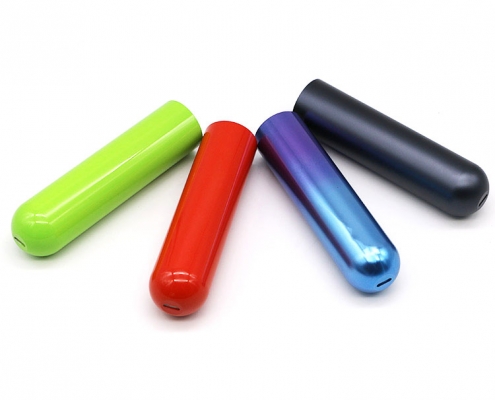
Preventing Fading: Best Practices for Anodized Aluminum Longevity
Preventing the fading of anodized aluminum colors requires meticulous attention at every stage, from material selection to post-processing care. Each of the following practices plays a key role:
1. Choose the Right Aluminum Alloy
Different aluminum alloys respond differently to anodizing. Alloys such as 6061 and 6063 are especially well-suited for anodizing because they produce a more uniform and stable oxide layer. This results in better color consistency and longer-lasting finishes.
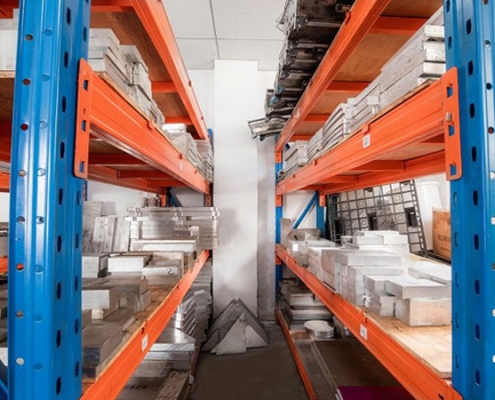
2. Precisely Control Anodizing Parameters
Key process variables such as current density, bath temperature, and anodizing duration directly affect the thickness and quality of the oxide layer. A thicker, well-formed anodic layer improves dye absorption and increases resistance to fading. This is especially important for maintaining vivid colors like red or purple.
3. Use High-Quality, UV-Stable Dyes
Bright anodized colors often rely on organic dyes, which are more vulnerable to UV damage. To reduce fading, it’s essential to use UV-resistant dyes, particularly for outdoor applications. In contrast, metallic finishes like bronze are naturally more stable due to their inorganic nature.
4. Ensure Effective Sealing
Sealing is one of the most critical steps in protecting anodized aluminum from fading. It works by closing the pores in the oxide layer, preventing moisture, pollutants, and UV light from reaching the dye. Common sealing methods include hot water sealing, nickel acetate sealing, and cold sealing. Each offers different levels of protection, and professional manufacturers like VMT carefully manage these processes to maximize durability.
5. Follow Proper Cleaning and Maintenance
Routine care plays a major role in preserving color. Use neutral, non-abrasive cleaners along with soft cloths or sponges. Avoid harsh acids, alkalis, or abrasive pads, as these can damage the anodic layer and cause rapid fading. Regular, gentle cleaning helps remove dirt and pollutants before they can cause long-term harm.
Start Your CNC Machining and Anodizing Project with VMT
Our 5,000 square meter factory is equipped with 100 advanced machine tools, including four-axis and five-axis CNC machining centers. We can deliver expedited custom parts within 24 hours. Our experienced engineers also provide free design support to ensure that your parts meet the highest standards in terms of precision and appearance.
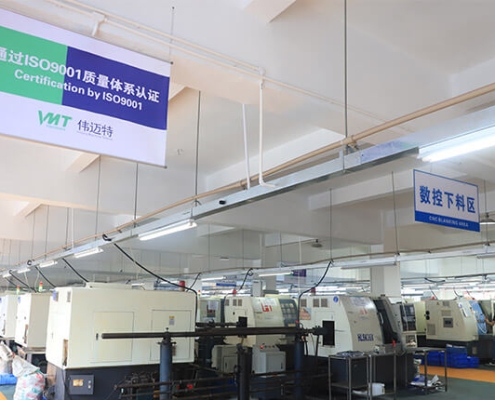
We pay special attention to anodizing. With dedicated surface treatment engineers, we make sure the anodized color is bright, even, and long-lasting. Certified with ISO 9001, IATF 16949, and SGS, we serve industries like automotive, medical, electronics, and more. Whether you need strong performance or a beautiful finish, VMT has you covered.
In Conclusion
Anodized aluminum fading is a common problem, but it is largely preventable. By understanding the effects of UV rays, chemical exposure, and the critical role of a sound anodizing process and effective sealing, you can significantly extend the life of your product’s surface. Choosing a professional supplier like us with high-precision CNC machining expertise and strict quality control can ensure that your anodized aluminum parts will not only be perfectly sized, but also achieve and maintain their ideal aesthetic luster.
Frequently Asked Questions About Anodized Aluminum
What Damages Anodized Aluminum?
Anodized aluminum can be damaged by harsh chemicals, abrasive cleaners, strong acids or alkalis, and physical scratches. Exposure to extreme weather, pollution, and poor maintenance can also weaken the protective oxide layer, leading to fading, corrosion, or surface wear.
Does Anodized Aluminum Fade in the Sun?
Yes, anodized aluminum with organic dyes can fade over time when exposed to direct sunlight. Ultraviolet radiation breaks down the dye molecules, especially in bright colors, causing gradual fading. Metallic colors like bronze are more resistant to sun fading.
How to Fix Faded Anodized Aluminum?
Faded anodized aluminum cannot be fully restored. The best option is to re-anodize the surface, which involves stripping the old layer and applying a new anodic coating with fresh color. Professional refinishing services are needed for this process.
Does Gold Anodized Aluminum Fade?
Gold anodized aluminum can fade if organic dyes are used and the surface is exposed to UV light and harsh conditions. However, gold colors made by electrolytic coloring or sealed well tend to be more resistant to fading than dye-based gold finishes.
How to Keep Anodized Aluminum From Fading?
To prevent anodized aluminum from fading, apply a UV-resistant clear coat or sealant after anodizing. Regular cleaning with non-abrasive, pH-neutral solutions also helps maintain color. Avoid harsh chemicals and store parts away from prolonged UV or salt exposure. For outdoor use, consider hard anodizing with sealing to enhance weather resistance.
Does Anodized Aluminum Fade in Sunlight?
Yes, anodized aluminum can fade with prolonged exposure to direct sunlight, especially if not properly sealed. UV rays can degrade the dye used in colored anodizing, causing discoloration over time. Using high-quality sealing and UV-resistant coatings significantly reduces the risk of fading in outdoor environments.
What Damages Anodized Aluminum?
Anodized aluminum can be damaged by strong acids, alkaline cleaners, abrasive tools, and prolonged salt or chemical exposure. Physical impacts can scratch or chip the oxide layer, while unsealed surfaces are more prone to staining and corrosion. Always handle with care and clean with non-reactive solutions to preserve the finish.



